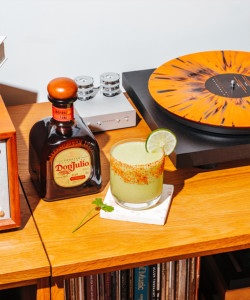The Story Behind The Matador
Matador directly translates to “killer,” but most of us know the term in reference to a bullfighter brandishing a sword and a red cape. Though unknown to many, the Matador is also an apéritif-style 1930’s cocktail made with equal parts tequila, orange Curaçao, and dry vermouth. In many ways, it sips like a more austere, less salty-sweet Margarita.
The drink first appeared in then-president of the U.K. Bartender’s Guild and bartender William James Tarling’s “Café Royal Cocktail Book” in 1937. At the time of publication, tequila cocktails hadn’t yet entered the canon — even the first reports of the Margarita didn’t appear until the following year. That said, the book quickly gained a reputation for being progressive, as it included several tequila-based drinks as well as some others with unusual ingredients for the era.
Many moons passed, and in 1972, Trader Vic published another version of the drink called the “Tequila Matador” in his “Trader Vic’s Bartender's Guide.” His tropical take on the spec is a far cry from the original, with the only constant being the base of tequila. Nowadays, the Matador name is used interchangeably for both drinks, with the Trader Vic version being the more ubiquitous.
Aside from the tequila factor, the original Matador bears all the usual symptoms of an old classic cocktail (three ingredients, no fresh juices, etc.). The original recipe just lists “tequila,” but given that reposados and añejos hadn’t hit the U.K. market yet, we can safely assume it was a blanco. Nonetheless, feel free to try the drink out with any kind of tequila, or agave spirit for that matter.
Tarling’s recipe also has no mention of glassware or garnish, and calls for the Matador to be shaken — a strange choice for a drink with no fresh juices in its build. However, we found that shaking this drink yields a delightfully crisp, light beverage with citrusy, vegetal notes of agave taking center stage.






